🤓 The 2026 Local Search Ranking Factors are here!! Check out the report!
🤓 The 2026 Local Search Ranking Factors are here!! Check out the report!

I’m as happy as a lark that my long-standing quarterly roundup series of need-to-know local search developments has found a new home here at Whitespark. Four times a year, this special column will help you discover and revisit news that broke, studies that were conducted, and noteworthy things our industry peers noticed in the preceding quarter. It will keep you apace with the evolution of local SEO and, hopefully, help you build strategy around emerging opportunities, whether you are marketing your own local business or the brands of valued clients.
So, without further ado, let’s roll!
Hot off the griddle, interesting GBP developments:
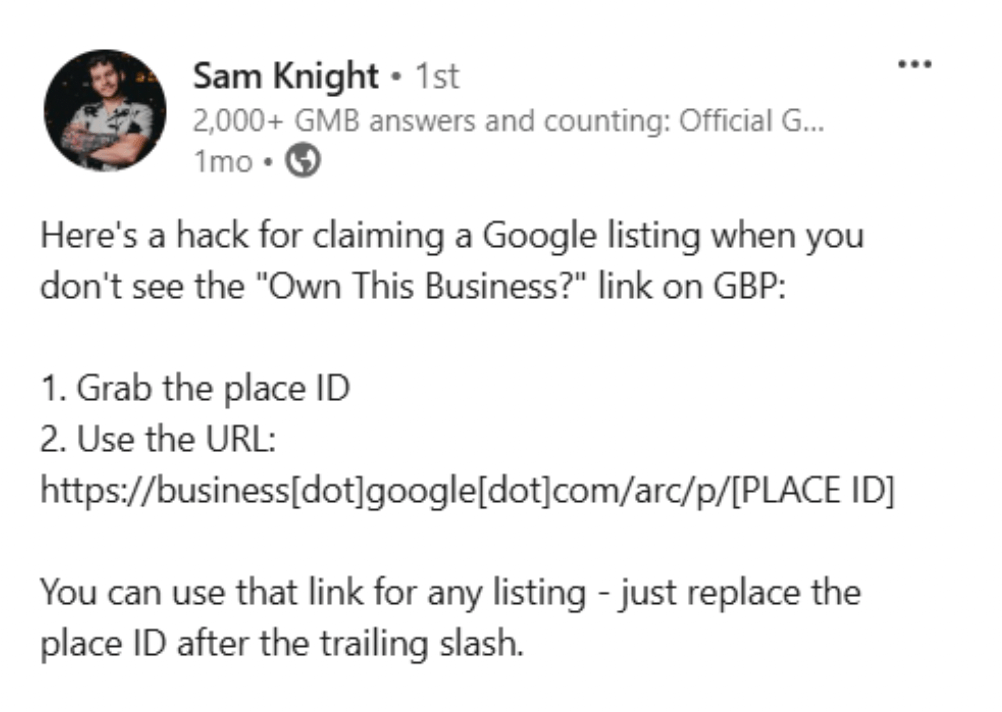
Sam Knight goes on to detail his full process for this bothersome circumstance in which the “own this place” link simply isn’t there on the listing, including:
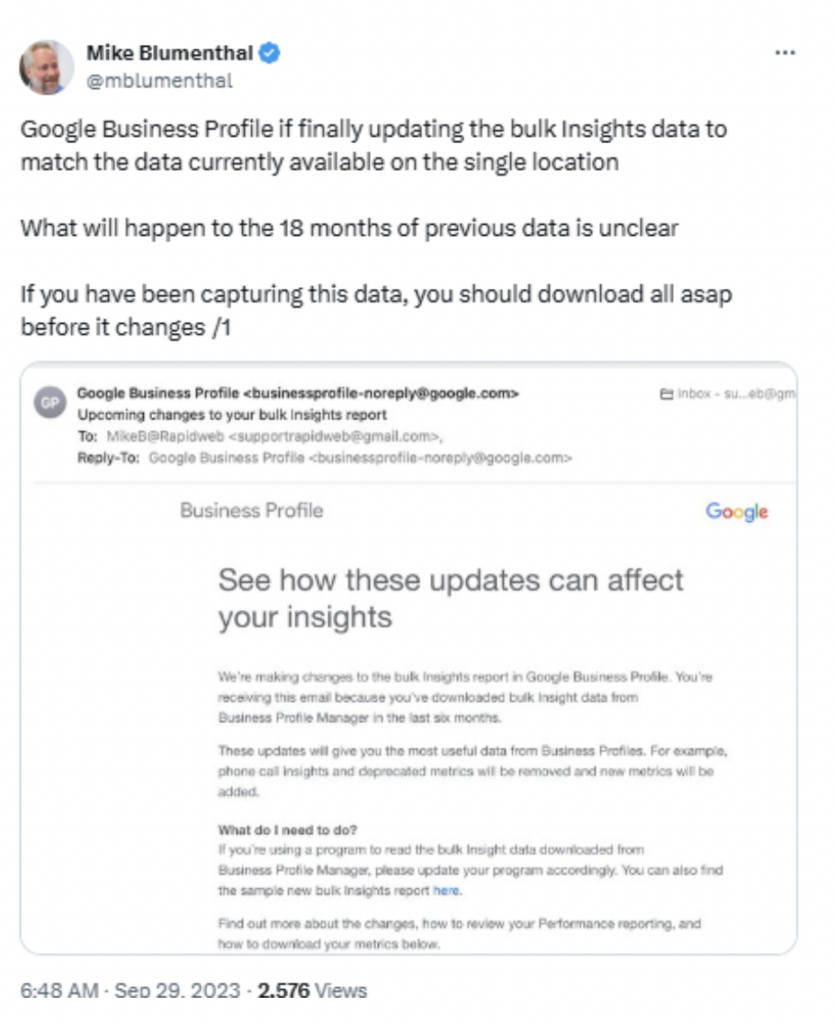
Mike Blumenthal’s Twitter/X thread issued a timely warning to download any bulk Insights data after Google sent him an email announcing that it is changing both the reporting time frame and the fields reported on. Barry Schwartz has a good write-up of the details and you can read more in Google’s own documentation about the fields that will be reported on going forward. Google’s email remarks that they are doing this to provide the most useful GBP data, but then they say that phone call insights are going away – a metric most local business owners and local SEOs would consider quite useful.
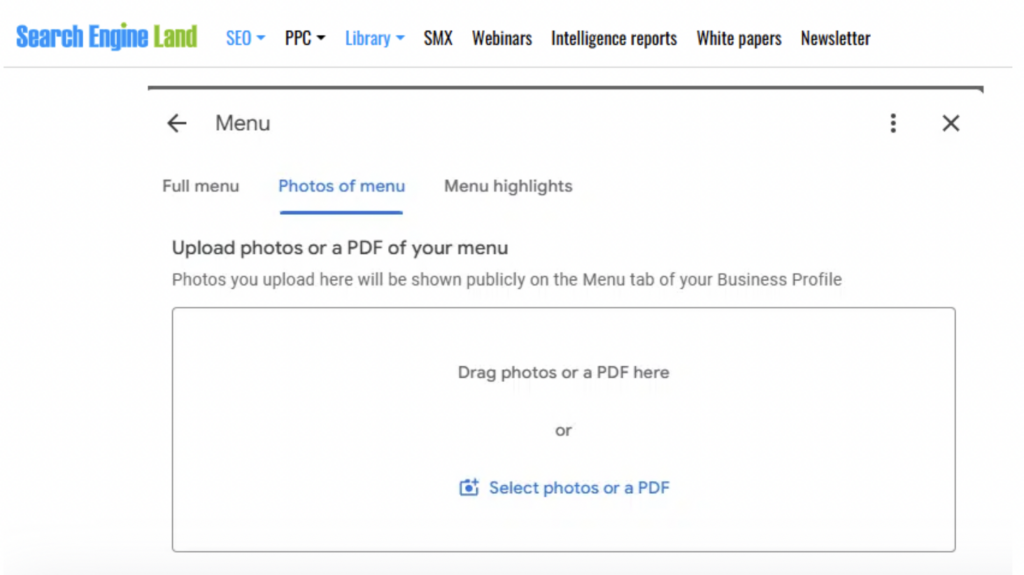
Claudia Tomina broke great news on Search Engine Land for restaurants that have never been able to easily upload their multi-page menus. If you’re marketing eateries, you’ll be glad to hear that the trouble with Google only accepting single-image menus is now over and you can upload a .pdf file to the menu section of your New Merchant Experience. Your upload will be parsed by Google’s AI, and should be fact-checked for accuracy by you!
I’ve become a Claudia Tomina fan in 2024, and this piece for Reputation Arm on the eleven factors she considers to be essential to GBP rankings is a smart read. Get her takes on primary and secondary categories, menu items, attributes, CTR, and much more.
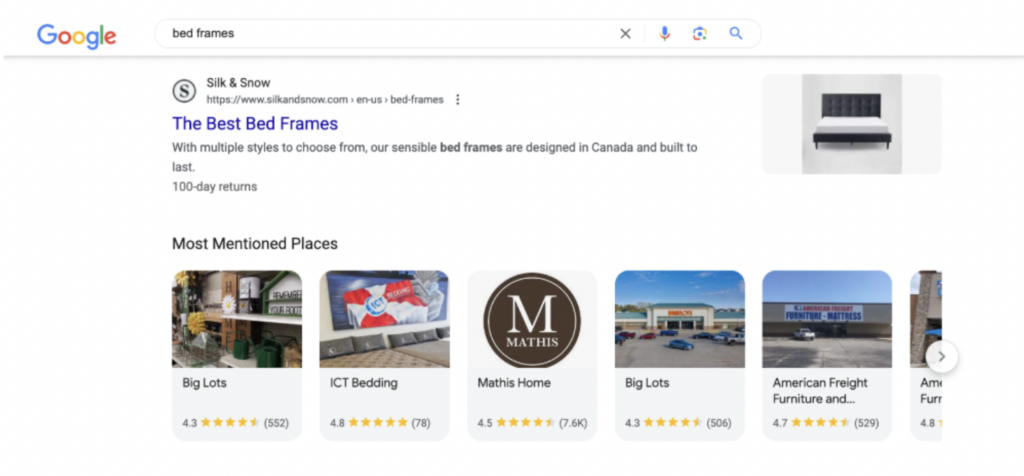
Brodie Clark has captured a test in which the Google carousel labeled “Most Mentioned Places” offers a different path to GBPs. When clicked on, the individual tiles open GBP listings as if you had clicked on a local pack result. I’m quite curious about what constitutes a mention in this context, and whether we will see this SERP feature roll out further in 2025.
Tons of review tidbits for your perusal:
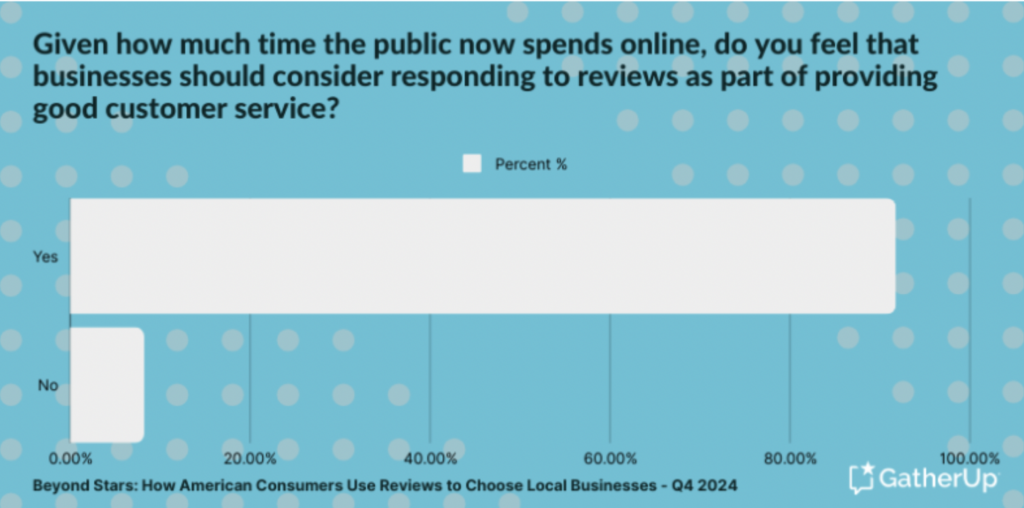
I had the immense honor of conducting a major local business review survey of more than 1,200 US respondents with Mél Attia of GatherUp. I got to ask questions I’ve never asked before and explore surprising responses.
Do a careful study of Beyond the Stars: How American Consumers Use Reviews to Choose Local Businesses for tons of actionable takeaways about review readers, writers, and owner responses, and pay attention to my favorite gleaning from the report: 92% of consumers now consider owner responses to be part and parcel of customer service. I’ve long suspected this, but it’s the first time I’ve gotten to confirm it. Share this stat and the full report with stakeholders, decision-makers, and clients to get more buy-in for reputation management.
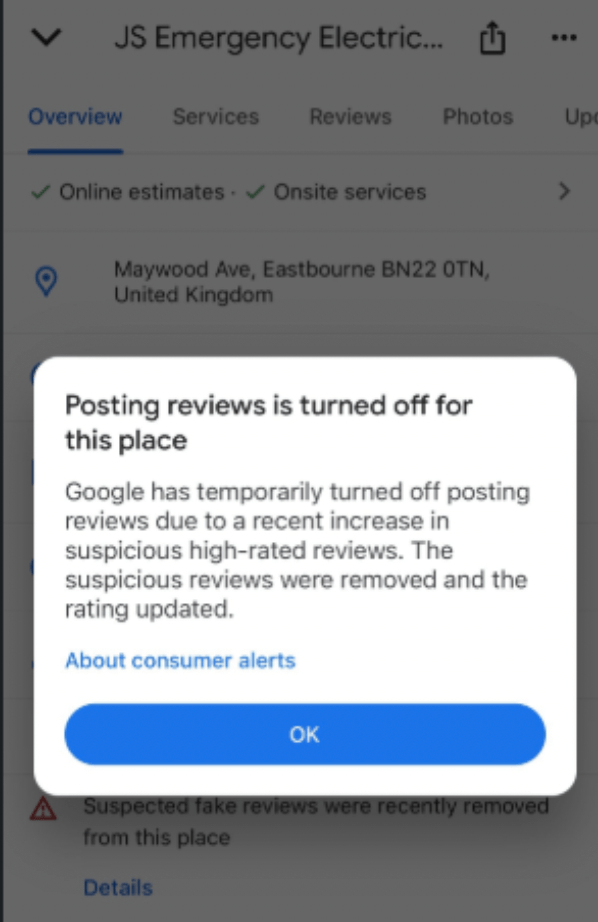
While Yelp has long had a warning system in place for labeling businesses they suspect of engaging in review spam, Google is finally following suit, at least in the UK. Mike Blumenthal posted the first screenshot I saw of this popup advising searchers that posting reviews has been turned off due to a recent increase in high-rated reviews, and that suspicious reviews have been removed and the average star rating updated accordingly.
What about in North America? Well, the story gets more interesting. As Joy Hawkins and Colan Nielsen detail in this must-watch video, Google is now employing a process the folks at Sterling Sky have dubbed “review jail” in which new reviews simply aren’t publishing on listings falling afoul of review policies. Unlike the badge of shame folks across the pond are seeing, there is no warning label on the listing, but the existence of the review jail is apparent because the spammy business can’t receive new reviews. Tune into this, because not enough people are talking about it:
Is this good news for local businesses and their customers? Yes and no. On the one hand, local SEOs will applaud any efforts on Google’s part to combat the massive problem with review spam in their index, and it’s great to see both the labels and the hidden penalty as a possible means of curtailing the efforts of shady brands to artificially inflate their reputations. However, spammers have also just been handed a new negative SEO tactic, in which they could cause an innocent competitor to look like a spammer by suddenly sending them a ton of fishy five-star reviews.
If your agency receives an incoming client who complains that reviews aren’t publishing on their GBP, your troubleshooting should include diagnosis of whether they may either have been engaging in review spam, or have been hit by a spam review attack. It will be important to watch this story evolve in 2025 and, as always, please monitor your reviews. If you need assistance, Whitespark can help!
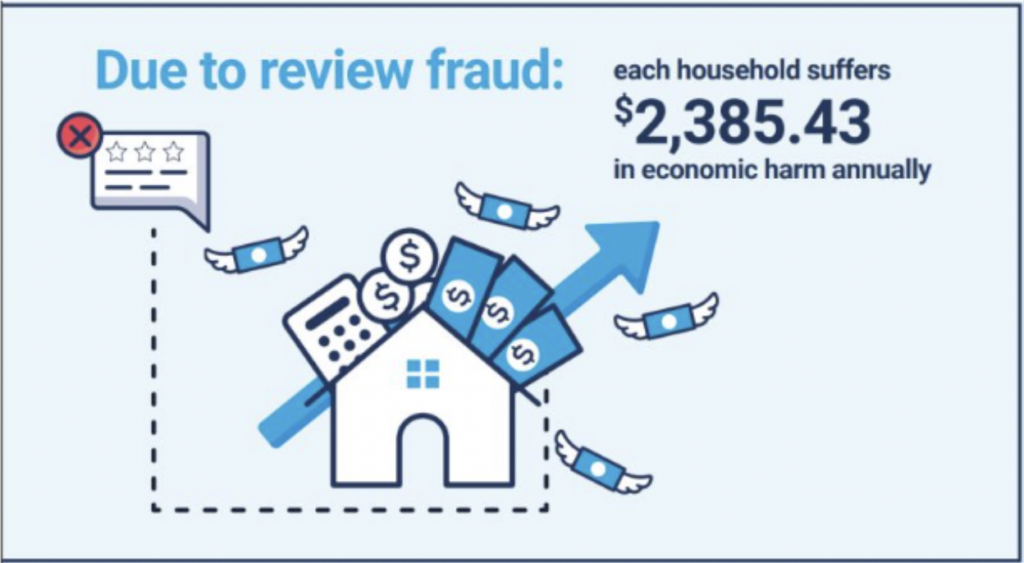
Curtis Boyd of The Transparency Company has released a study on The High Cost of Review Fraud which, frankly, knocked my socks off. Roberto Cavazos and Greg Sterling examined 73 million reviews across the medical, legal, and home services industries and discovered that nearly 14% of them were “extremely suspicious and likely fake”. They estimate that the average US household suffers $2,385 in economic harm due to misleading reviews every year. Moreover, the study found that since June of 2023, AI-generated reviews have grown 80% MOM.
In the future, Whitespark intends to do a deeper dive into this concerning narrative of an estimated $300 billion in annual consumer harm across just three sectors. We highly recommend reading the full report.
As reported by NearMedia, an AI writing tool called Rytr has become the subject of an FTC complaint filing over concerns that the product can be used to generate fake reviews at scale. The FTC states:
“24 subscribers have generated over 10,000 reviews each, 114 subscribers have generated over 1,000 reviews each, and 630 subscribers have generated over 100 reviews each.”
However, dissenting Republican commissioners argue that the FTC should not pursue a ban of Rytr’s review generation product without evidence of harm. We are in uncharted waters when it comes to the legal aspects and liabilities of AI-driven products, but upstanding brands can find firm ground in the decades-old practice of avoiding any review program or product that is meant as a shortcut or substitute for the authentic activity of real customers directly writing real reviews.
Matt G. Southern has a great write-up over at Search Engine Journal of Google’s new in-Maps inventory features. This includes product searches and real-time inventory checks for retailers participating in Google’s Merchant Center and who have implemented appropriate markup. Google is eager for consumers to begin thinking of Maps as a gateway to local shopping. And, in case you missed my previous column on schema for local businesses, consider this one more reason to keep markup on your radar in the year ahead.
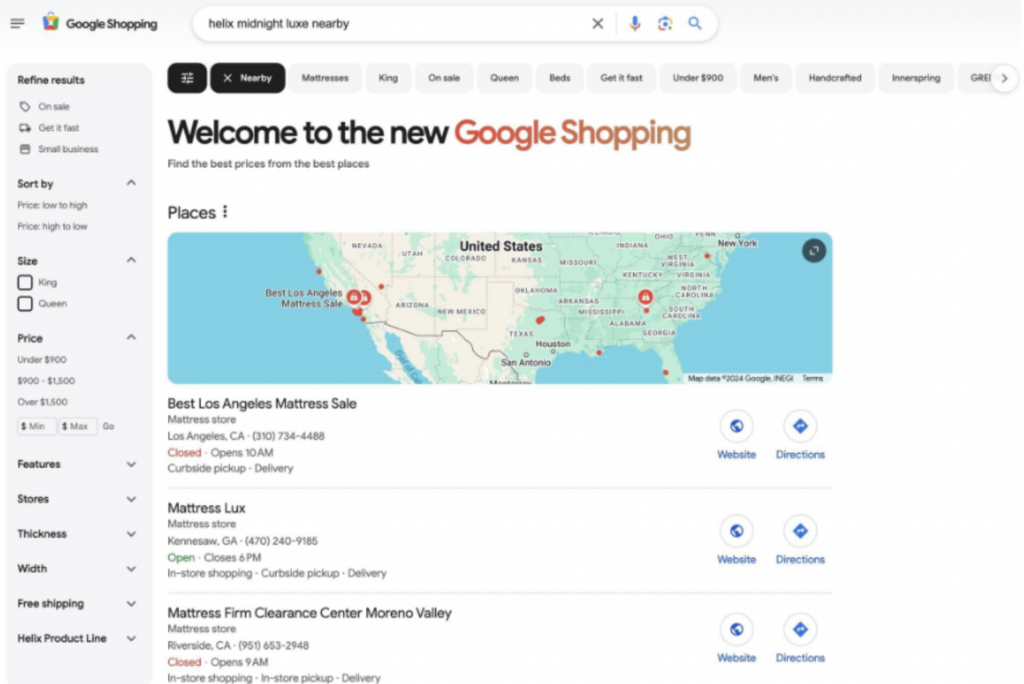
Local SEOs are reporting that their clients are being annoyed by what appears to be a strange bug associated with the “nearby” filter in Google’s shopping system. This screenshot, captured by Tim Kahlert, reveals how Google is showing nationwide business locations to searchers who are looking for local shopping options. A customer in LA certainly doesn’t need to know about a mattress store in Georgia if they want to buy local. If your brand or clients are focusing on Google Shopping, do some searches and check the results while hoping for a fix, particularly if you’ve noticed an uptick in irrelevant phone calls and leads.
The above video from Joy Hawkins caught my eye for its controversial findings. Should you be using unique photos or stock photos on your website in an effort to maximize your visibility in Google’s results? We all know the standard advice: unique photos signal authenticity, boost engagement, and improve brand differentiation, while stock photos are bad, bad, bad.
And that’s why Sterling Sky’s test of replacing stock photos with original photos on five pages of a website yielded such a puzzling result when they detected no ranking changes after four weeks. In fact, the rankings dipped a little in some instances. Joy posits the theory that Google doesn’t really care whether you are using stock photos or unique photos, so long as they are relevant to searchers, but the standard advice remains about your brand’s need for authenticity, engagement, and differentiation. Despite the strange findings of this small study, original photos are likely still the better bet, regardless of ranking impacts.
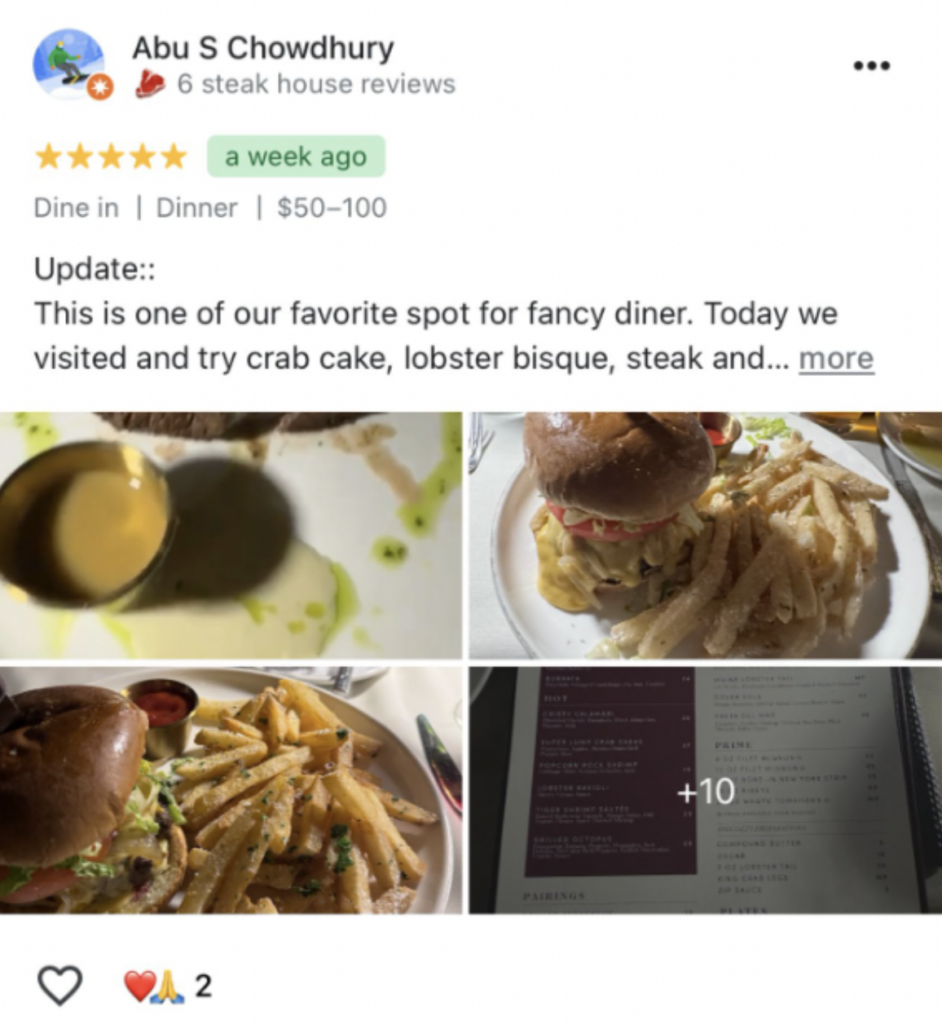
Claudia Tomina spotted multiple instances of individual Google Local Guides being awarded the distinction of labels like “6 steak house reviews” and “15 Italian restaurant reviews” on their profiles and she suggests that Google is beginning to create mini-influencers with this new feature. It could also be useful for review spam fighters if we begin to see that an individual profile has reviewed 200 garage door repair companies across North America!
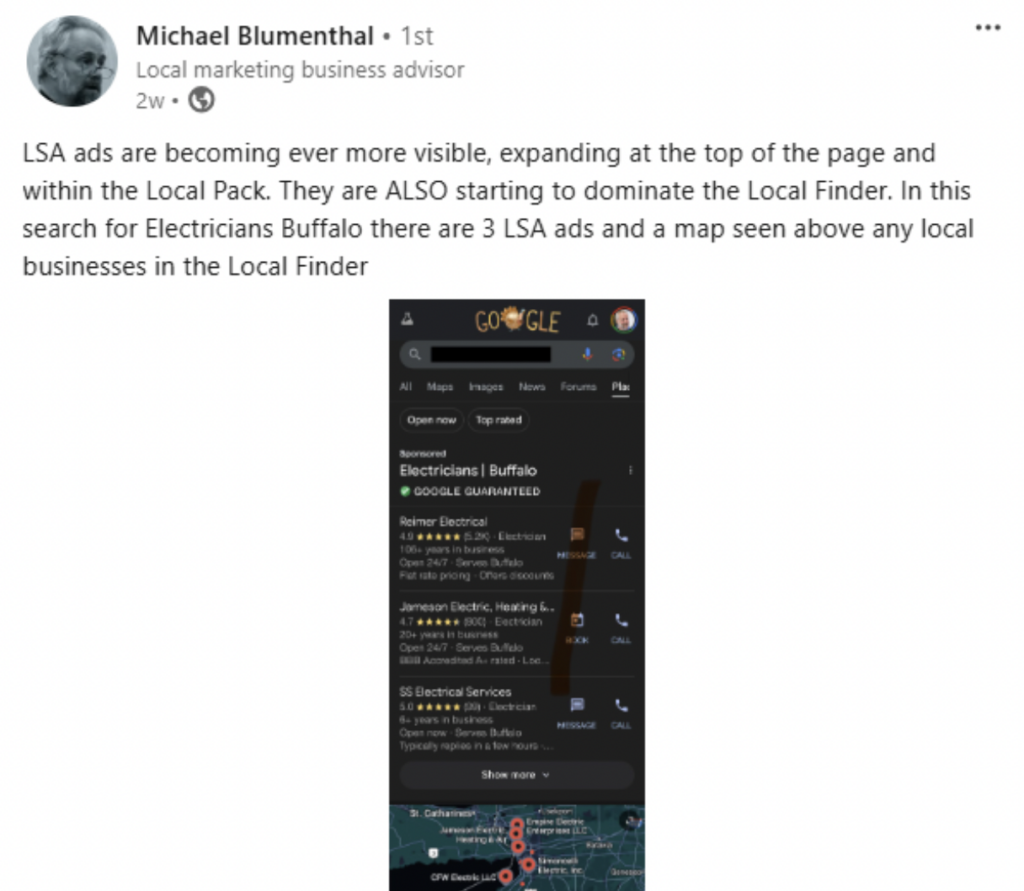
Mike Blumenthal notes that LSAs are now expanding at the top of SERPs within local packs, and dominating Local Finders. His screenshot captures a search for electricians in Buffalo, yielding three LSAs and a map before any typical Local Finder content is visible. Google is continuing to chug away at this money-making program.

Julian Hooks shared a screenshot of how the “vehicles” tab on a listing for a car dealership prevented him from having to visit auto dealership sites to discover inventory.
I have not been able to confirm the date on which this feature launched, but I think the story provides a very good anecdote about how Google now thinks of itself as a destination rather than a conduit.
At the end of the day, does the lost traffic this represents to dealerships that don’t stock a particular car matter? I’d say yes, because the user might discover a vehicle they’d actually prefer while visiting, not to mention the role of engagement and traffic in rankings. Ah well, we must continue to seek strategy around Google’s game plans.
Related to the above, Mike Blumenthal calls it an “all Google approach to search that leaves little room for anything else” after examining AI-organized results for restaurants and bars. The endless scroll (some 18,000 pixels high) is too long to reproduce here, so I recommend heading to Mike’s article containing the screenshots. Do you find these all-Google AI results useful, as a consumer? I’m not sold.
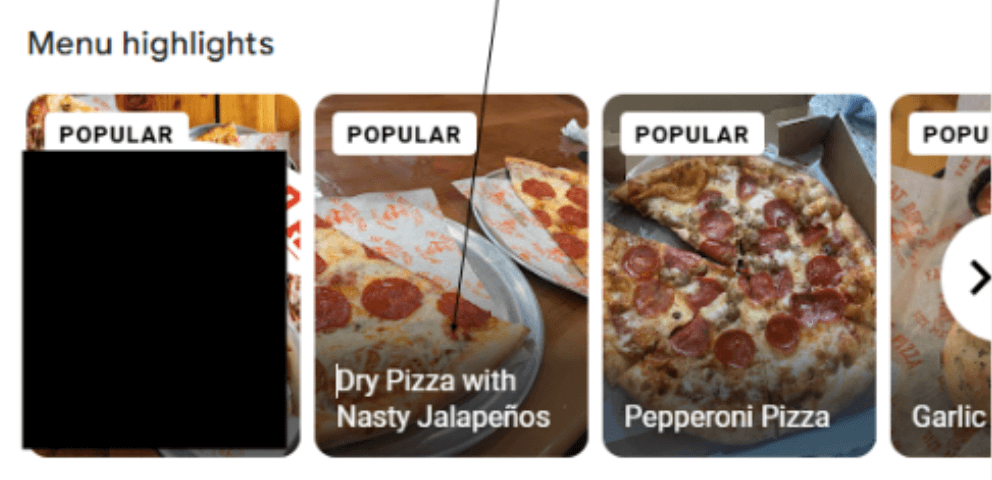
When Claudia Tomina tweeted Google’s prompts to consumers to identify restaurant food photos by name, I asked her what could possibly go wrong, and she kindly shared the above screenshot with me. The fact that a parched pie with poor peppers is marked “popular” only adds to the sense that local results are a kind of strange alternate universe we study and inhabit. Nota bene: if you’re marketing a restaurant, it’s time to check whether its menu highlights feature accurate dish names or someone’s idea of a joke.
The good fellows at NearMedia have a video capture of how to test out Siri’s new local search functionality and predict that when ChatGPT gets added to Siri as part of iOS 18.2, there should be a boost in usage. NearMedia recommends ensuring that you have claimed your listing at Apple Business Connect, are adding photos, discovering which partner Apple is using for review and photo content in your industry, and are making use of a variety of other good tips in this timely article.
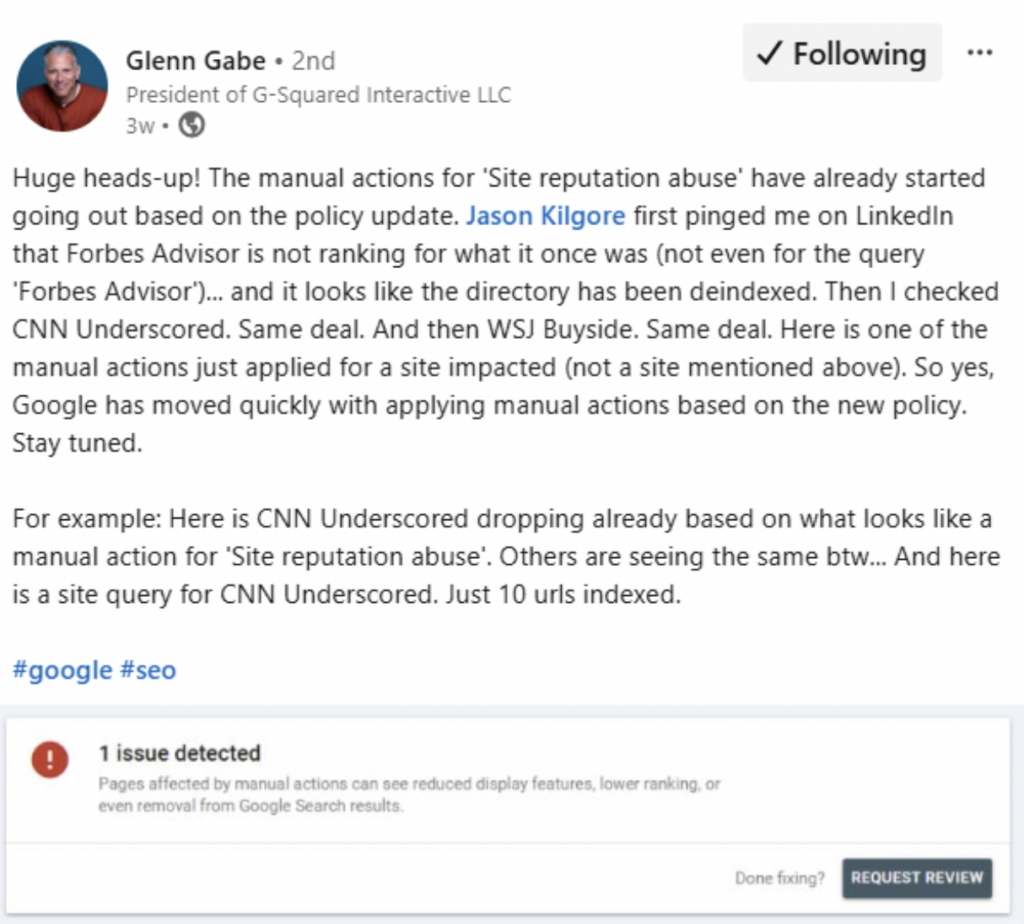
Glenn Gabe was the first to come up in my Linkedin feed talking about how manual actions were taking effect on huge publishers like Forbes Advisor and WSJ Buyside as a result of Google’s site reputation abuse policy update. Complaints about parasite SEO and content farming have significantly increased over the past couple of years, and while I would never celebrate the job losses that result when Google penalizes practices that they’ve let slip for years, I am curious as to whether these latest manual and algorithmic actions might lead to a more level playing field for smaller publishers.
One of the most interesting stories of 2024 was published by an air purifier company called HouseFresh. How Google is killing independent sites like ours shared a relatable account of the impossibility of competing for Google visibility with a mega publisher like Forbes, even when your brand possesses the true authority on a topic. Google has long claimed that authoritativeness is to be highly prized by their quality raters, and perhaps there could be good news here for smaller publishers in the year ahead if the search engine is embracing a new level of commitment to surfacing expert-level content.
Please tune in again at the end of Q1 2025 for the next installment of this series here at Whitespark!
Miriam Ellis is a local SEO columnist and consultant. She has been cited as one of the top five most prolific women writers in the SEO industry. Miriam is also an award-winning fine artist and her work can be seen at MiriamEllis.com.
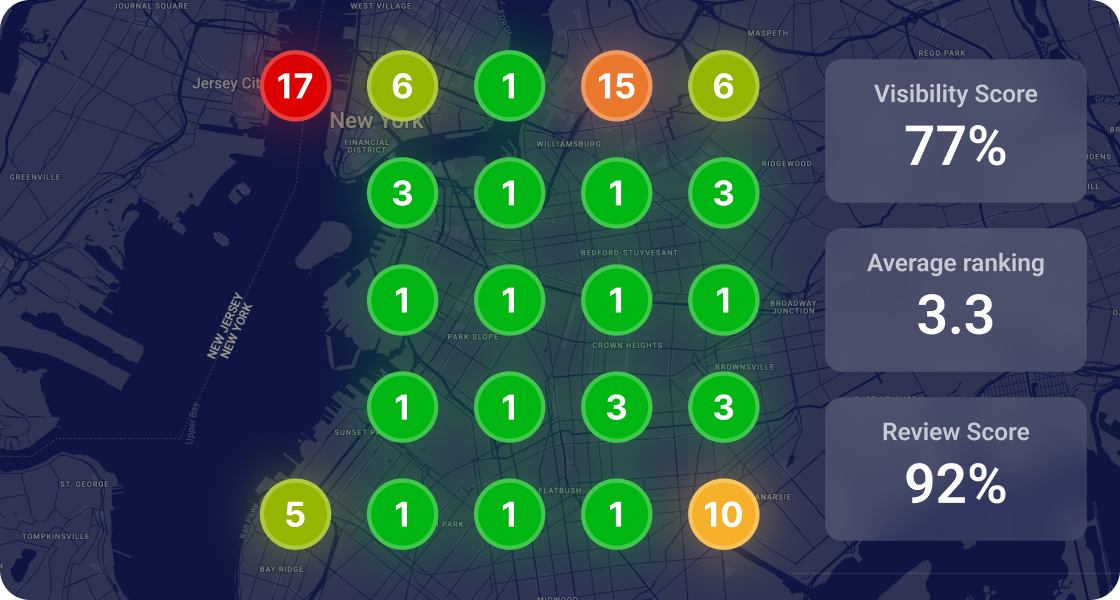

Whitespark provides powerful software and expert services to help businesses and agencies drive more leads through local search.
Founded in 2005 in Edmonton, Alberta, Canada, we initially offered web design and SEO services to local businesses. While we still work closely with many clients locally, we have successfully grown over the past 20 years to support over 100,000 enterprises, agencies, and small businesses globally with our cutting-edge software and services.